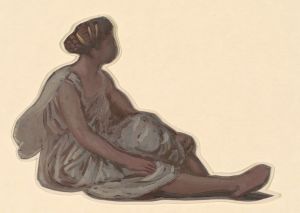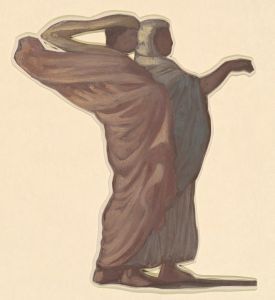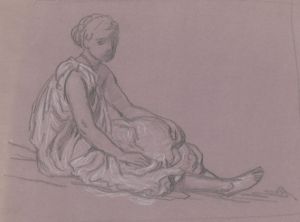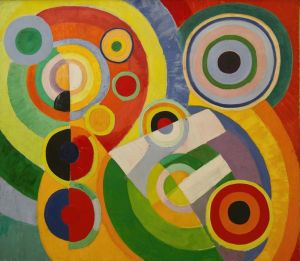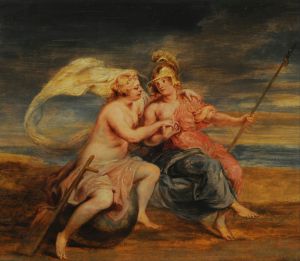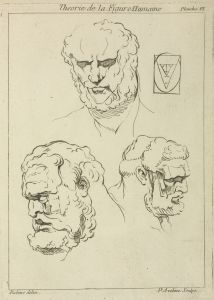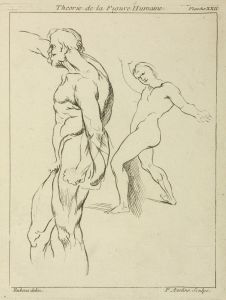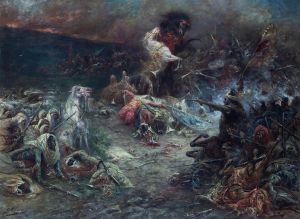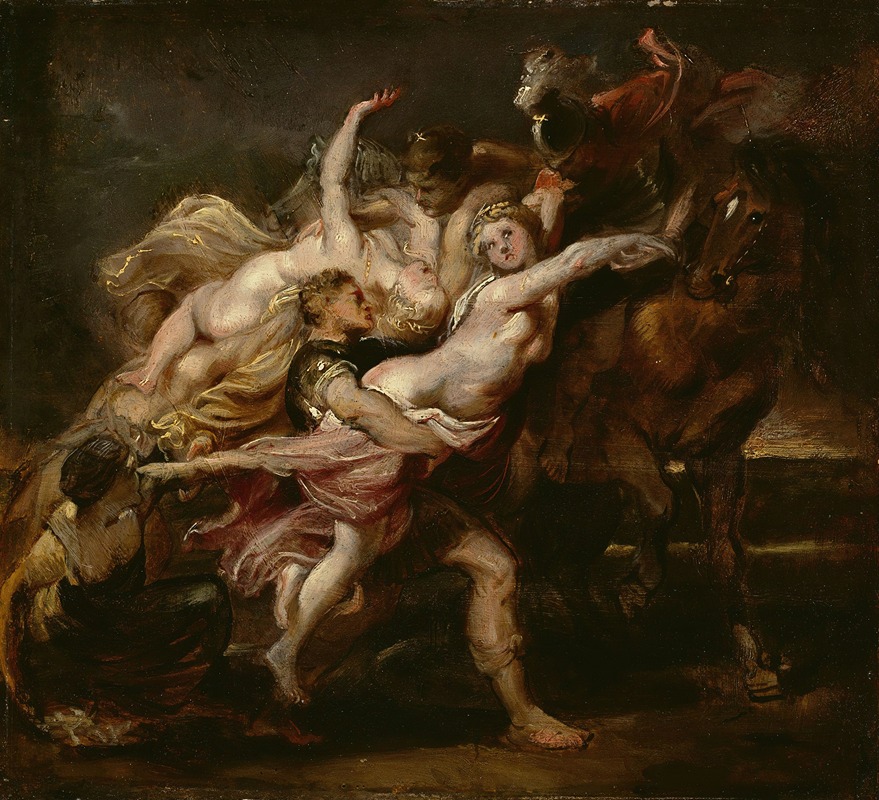
The Rape of the Daughters of Levkippos
A hand-painted replica of Peter Paul Rubens’s masterpiece The Rape of the Daughters of Levkippos, meticulously crafted by professional artists to capture the true essence of the original. Each piece is created with museum-quality canvas and rare mineral pigments, carefully painted by experienced artists with delicate brushstrokes and rich, layered colors to perfectly recreate the texture of the original artwork. Unlike machine-printed reproductions, this hand-painted version brings the painting to life, infused with the artist’s emotions and skill in every stroke. Whether for personal collection or home decoration, it instantly elevates the artistic atmosphere of any space.
"The Rape of the Daughters of Leucippus" is a renowned painting by the Flemish Baroque artist Peter Paul Rubens, completed around 1617. This artwork is a quintessential example of Rubens' dynamic composition and his ability to convey movement and emotion through the use of vivid color and dramatic contrasts.
The painting depicts a scene from Greek mythology, specifically the abduction of the daughters of Leucippus, Phoebe and Hilaeira, by the twin brothers Castor and Pollux, also known as the Dioscuri. According to mythological accounts, the Dioscuri were enamored with the sisters, who were already betrothed to other men. The painting captures the moment of their forceful abduction, a common theme in classical art that explores themes of power, desire, and divine intervention.
Rubens' composition is characterized by its swirling motion and the interlocking forms of the figures, which create a sense of chaos and urgency. The artist's use of color is particularly notable; he employs a rich palette to highlight the contrast between the pale skin of the women and the darker tones of the men, emphasizing the physical struggle. The figures are arranged in a pyramidal structure, a common compositional technique that adds stability to the otherwise tumultuous scene.
The painting is also notable for its attention to detail and the realistic depiction of the human form, a hallmark of Rubens' work. The muscularity of the men and the softness of the women's bodies are rendered with great skill, showcasing Rubens' deep understanding of anatomy. The expressions on the faces of the figures further enhance the drama of the scene, with the women displaying a mix of fear and resistance, while the men exhibit determination and strength.
"The Rape of the Daughters of Leucippus" is housed in the Alte Pinakothek in Munich, Germany, where it remains a significant attraction. The painting is a testament to Rubens' mastery of the Baroque style, characterized by its emphasis on movement, color, and emotional intensity. It also reflects the cultural and artistic values of the time, where mythological subjects were often used to explore complex human emotions and relationships.
Rubens' work has been the subject of extensive scholarly analysis, with art historians examining its composition, technique, and thematic content. The painting is often discussed in the context of Rubens' broader oeuvre, which includes numerous works that draw on classical mythology and history. Through "The Rape of the Daughters of Leucippus," Rubens not only demonstrates his technical prowess but also his ability to engage with timeless themes that continue to resonate with audiences today.





